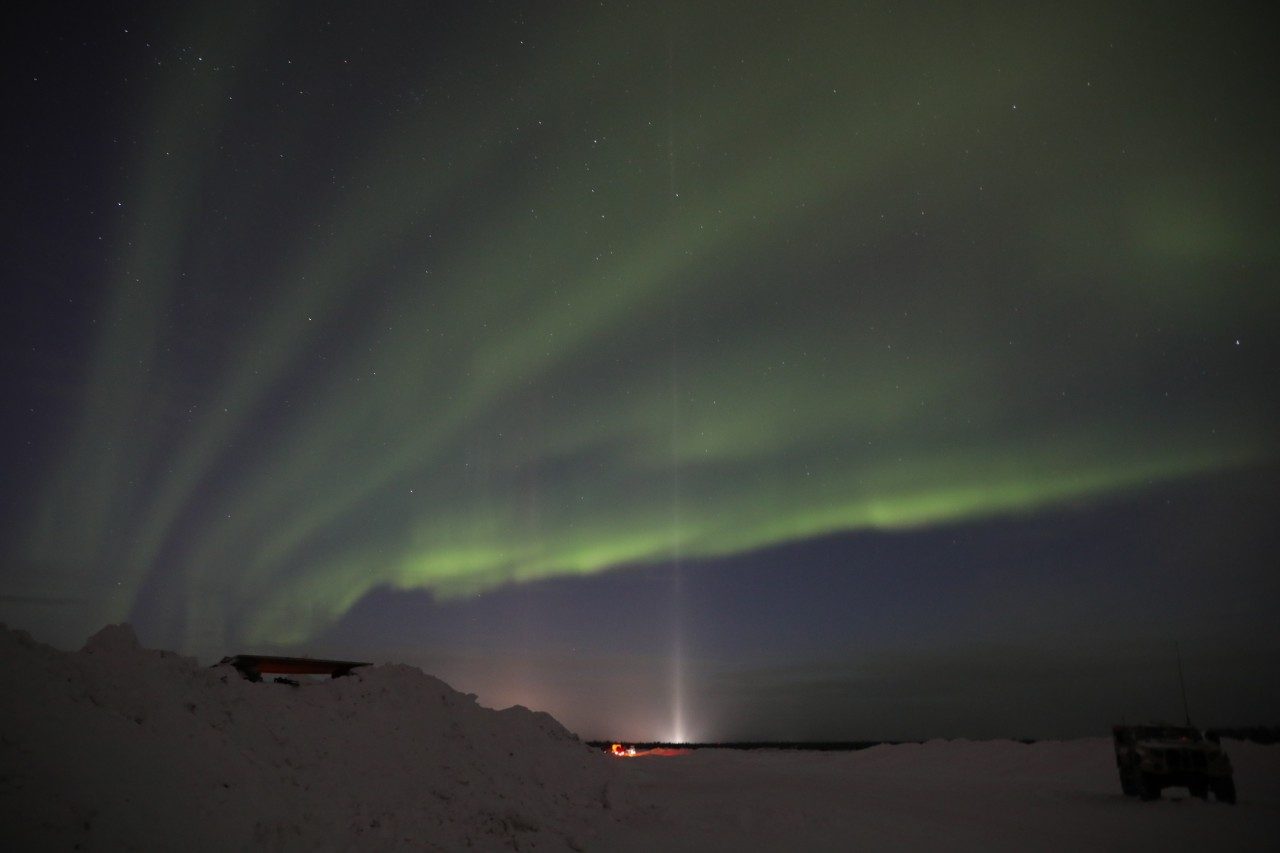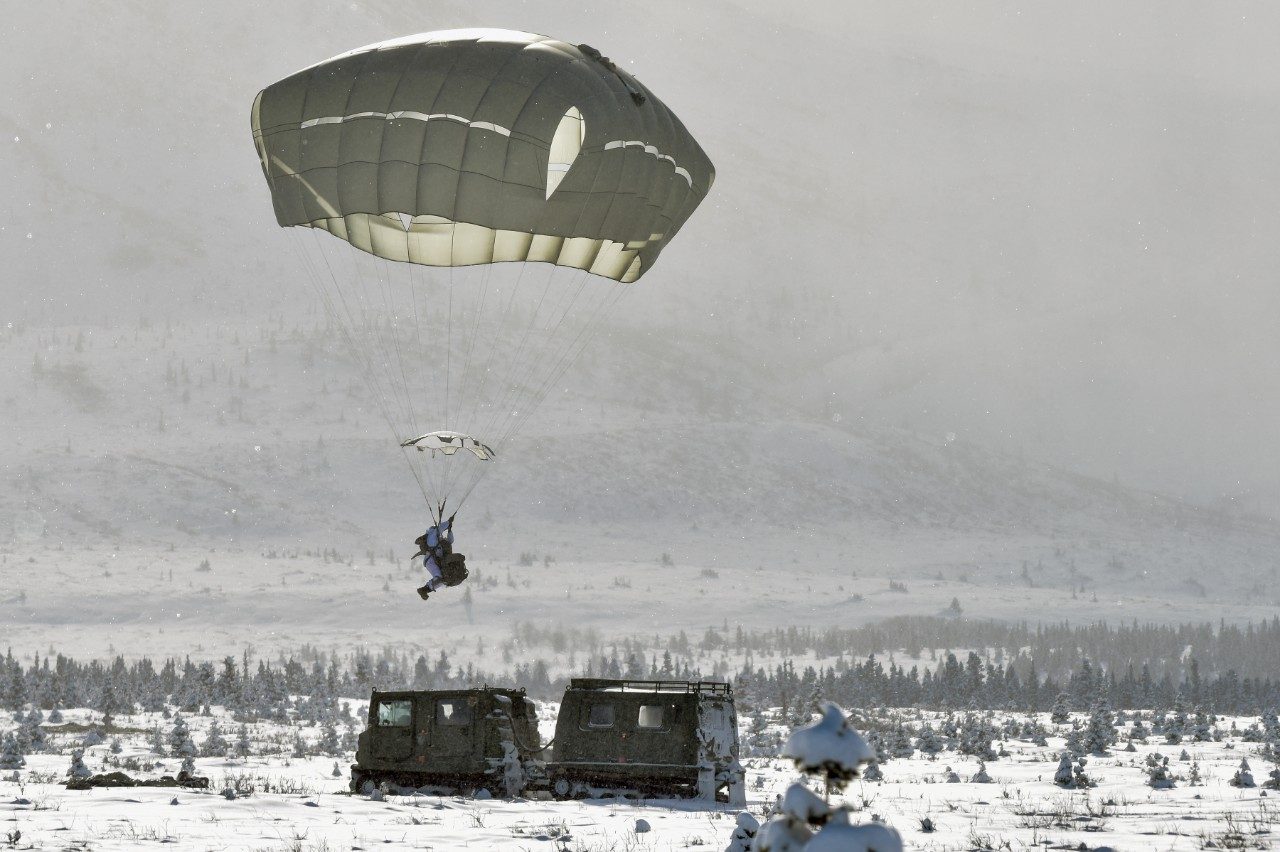
“The Arctic is simultaneously an arena of competition, a line of attack in conflict, a vital area holding many of our nation’s natural resources and a platform for global power projection,” it is stated in the “Regaining Arctic Dominance” strategy released by the Department of the Army Headquarters in early 2021. It’s why the Army has placed such a premium recently on training its soldiers in harsh, freezing conditions like those found at Fort Wainwright in Alaska this past March. It’s there that the Arctic Warrior training exercise saw 8,000 troops endure temperatures as low as minus 24 degrees Fahrenheit and a fair share of ice and snow as they executed their objectives.
To that end, the Army depends on the accurate management, sustainment and technical support of its training devices being deployed by the Joint Pacific Multinational Readiness Center. That’s where the Army Training Aids, Devices, Simulators and Simulations Maintenance Program comes in. Or ATMP, for short.
The program is operated by Lockheed Martin, and nearly 60 team members made the trip to set up, configure and maintain instrumentation capabilities for the nearly month-long training exercise. Since 2018, ATMP’s mission has been to manage and maintain nearly 300,000 training devices around the world through transformative technologies. And considering Lockheed Martin is the original equipment manufacturer for most of them, the team has a deep understanding combined with lived mission experience to assist the Army in tackling challenges.

That expertise was counted upon at this critical training rotation as it supported the U.S. military’s focus to regain arctic dominance, which is exemplified by having “a secure and stable region in which U.S. national interests are safeguarded, the U.S. homeland is defended and nations work cooperatively to address shared challenges,” as outlined in that same 2021 report issued by the Chief of Staff of the Army, General James C. McConville. The report goes on to state that the Arctic is important for a variety of reasons, not the least of which it being a stage of competition, a target for conflict, home to many natural resources and a symbol for geopolitical bragging rights.
If training is “getting ready to be ready,” and ATMP comes before training, then it stands to reason that the ATMP solution be ahead of ready in the Army’s mission to regain arctic dominance. And just because the environment and conditions have changed, the program still adapts with it. Because as the Army’s needs evolve, as evidenced with the Army’s arctic strategy, so do our solutions.
Thanks to the support of the ATMP team maintaining hundreds of training devices — and keeping them from freezing in the process — soldiers remained connected and equipped throughout to make it a successful exercise in spite of the subarctic climate. In the end, the warfighter could focus on what it does best and get the most out of training to become proficient in extreme cold-weather and high-altitude environments. This achieves the Army’s goal to stand up a force ready to defend the country’s arctic interests. And it speaks to whatever the challenge, Lockheed Martin will make it happen.




